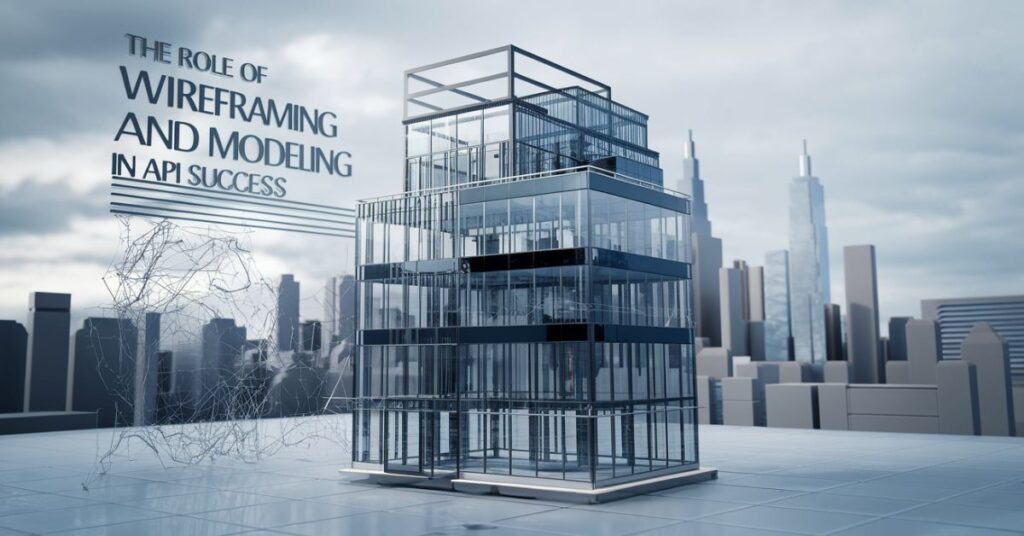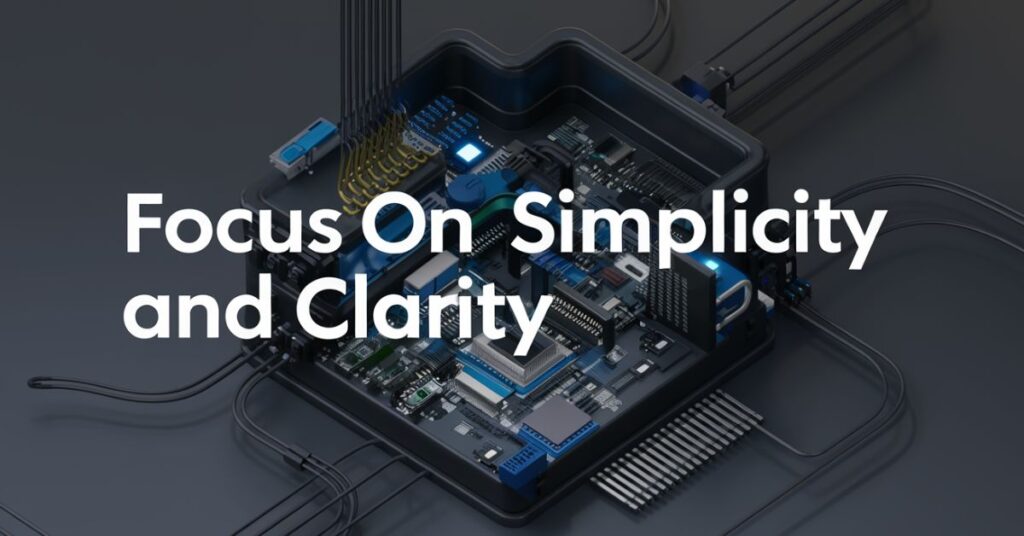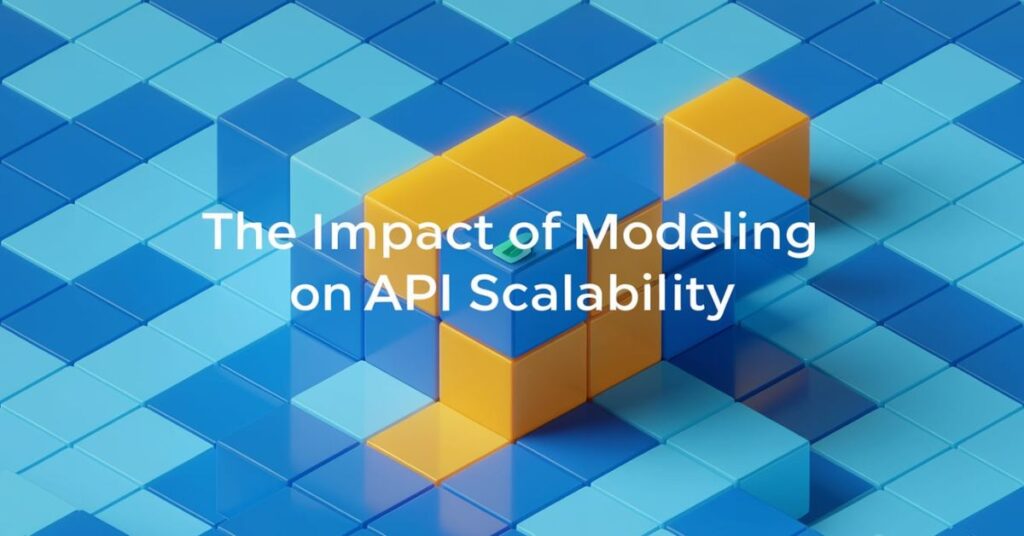Wireframing and modeling are powerful tools for API success. They help developers plan and visualize APIs before coding. These techniques lead to better-designed, more user-friendly interfaces that meet both technical and business needs.
Ever built an API that flopped? Wireframing and modeling could’ve saved you. These tools help you design better APIs before you write a single line of code. Learn how to use them and watch your API success skyrocket.
In this article, we’ll dive into wireframing and modeling for API success. We’ll explore how these techniques can transform your API development process. You’ll learn practical tips to use wireframing and modeling effectively, boosting your API’s quality and user satisfaction.
Understanding Wireframing and Modeling
Wireframing is like sketching a blueprint for your API. It helps you visualize the structure and flow of your interface. With wireframes, you can plan your endpoints and data connections.
Modeling takes your API design a step further. It focuses on the relationships between different data elements. Modeling also helps you map out the business logic of your API.
Both wireframing and modeling are crucial for API success. They help you think through your design before you start coding. This saves time and reduces errors in the long run.
What is Wireframing?
Wireframing is a visual representation of an API’s structure and functionality. It’s like creating a skeleton of your API, outlining the key components and their relationships without getting bogged down in technical details.
This process helps developers and stakeholders visualize the API’s layout, endpoints, and data flow. By creating wireframes, teams can quickly iterate on ideas and gather feedback before investing time in coding.
Wireframes serve as a communication tool, bridging the gap between technical and non-technical team members. They make it easier to discuss and refine API concepts early in the development process.
What is Modeling?
Modeling goes a step further than wireframing, focusing on the underlying data structures and business logic of an API. It involves creating detailed representations of how data will be organized, stored, and processed within the system.
Data models define the relationships between different entities in your API, helping to ensure efficient data management. Business logic models outline the rules and processes that govern how your API will handle various operations.
By creating comprehensive models, developers can anticipate potential issues, optimize performance, and design more scalable APIs. Modeling is crucial for building robust, future-proof interfaces.
The Role of Wireframing and Modeling in API Success

Wireframing and modeling improve communication within your team. They provide a visual language that both tech and non-tech team members can understand. This leads to better collaboration and fewer misunderstandings.
These techniques also help you spot problems early. You can identify issues with data flow or logic before writing any code. This early detection saves time and resources in the development process.
Wireframing and modeling also lead to more user-friendly APIs. They help you create intuitive structures and consistent designs. This makes your API easier for developers to use and integrate.
Enhances Communication and Collaboration
Wireframing and modeling foster better communication among team members and stakeholders. They provide a visual language that both technical and non-technical individuals can understand, facilitating more productive discussions.
These tools help align everyone’s vision for the API, reducing misunderstandings and preventing costly mistakes. By involving stakeholders early in the wireframing and modeling process, teams can gather valuable input and ensure the API meets all requirements.
Clear communication leads to smoother development processes and ultimately, more successful APIs. Wireframes and models serve as reference points throughout the project, keeping everyone on the same page.
Improves API Design and User Experience
Well-crafted wireframes and models lead to better API design and enhanced user experience. They allow developers to focus on the API’s structure and functionality before getting caught up in implementation details.
By visualizing the API’s layout and data flow, teams can identify and address usability issues early. This results in more intuitive, developer-friendly APIs that are easier to integrate and use.
Wireframing and modeling help create consistency in API design, ensuring a logical structure that aligns with user expectations. This consistency improves the overall user experience and increases API adoption.
Facilitates Early Identification of Issues
One of the key benefits of wireframing and modeling is the ability to spot potential problems early in the development process. By creating visual representations of the API, teams can identify logical flaws, data inconsistencies, or structural issues before writing a single line of code.
This early detection saves time and resources by preventing the need for major revisions later in the development cycle. It allows teams to address problems when they’re easiest and least expensive to fix.
Wireframes and models also help in identifying gaps in functionality or missing features. This comprehensive view ensures that all necessary components are accounted for in the API design.
Supports Scalability and Flexibility

Proper wireframing and modeling are crucial for building scalable and flexible APIs. By creating detailed models, developers can design systems that can easily accommodate growth and changes in requirements.
These tools help in planning for future expansions, ensuring that the API’s structure can support additional features or increased data loads. This foresight prevents the need for major overhauls as the API evolves.
Flexibility is also enhanced through wireframing and modeling. By visualizing different scenarios and use cases, teams can create APIs that are adaptable to various client needs and integration scenarios.
Read this Blog: Starlink Ethernet Adapter vs. VSAT Plus
Streamlines Documentation and Onboarding
Wireframes and models serve as excellent starting points for API documentation. They provide clear, visual representations of the API’s structure and functionality, making it easier to create comprehensive and user-friendly documentation.
Good documentation, based on well-designed wireframes and models, simplifies the onboarding process for new developers. It helps them quickly understand the API’s architecture and how to use it effectively.
These visual aids also benefit external developers who may be integrating with your API. Clear documentation, supported by wireframes and models, can significantly reduce integration time and support requests.
Best Practices for Wireframing and Modeling in API Development
Start simple and involve stakeholders early. Create basic wireframes and models, then get feedback. This helps ensure your API meets everyone’s needs from the start.
Use the right tools for your team. There are many wireframing and modeling tools available. Choose ones that fit your team’s skills and workflow.
Keep iterating throughout the development process. Your wireframes and models should evolve as you learn more. Don’t be afraid to make changes as you go.
Involve Stakeholders Early
Engaging stakeholders from the beginning of the wireframing and modeling process is crucial for API success. This early involvement ensures that all perspectives are considered and requirements are clearly understood.
Regular feedback sessions with stakeholders help refine the API design and catch potential issues early. It’s much easier and more cost-effective to make changes at the wireframing stage than after development has begun.
By fostering a collaborative environment, teams can create APIs that truly meet user needs and business objectives. This stakeholder involvement leads to higher satisfaction and adoption rates for the final product.
Use the Right Tools
Selecting appropriate tools for wireframing and modeling is essential for maximizing their benefits. There are numerous options available, ranging from simple sketching tools to sophisticated modeling software.
Consider tools that integrate well with your existing development workflow and offer collaboration features. This integration can streamline the process from design to implementation.
Look for tools that allow easy iteration and version control. The ability to quickly update and share wireframes and models is crucial for maintaining an agile development process.
Focus on Simplicity and Clarity

When creating wireframes and models, prioritize clarity and simplicity. Avoid cluttering your designs with unnecessary details that can obscure the main structure and functionality of the API.
Use clear labeling and consistent naming conventions throughout your wireframes and models. This consistency helps prevent confusion and makes the designs easier to understand and implement.
Remember that these tools are meant to communicate ideas effectively. If a wireframe or model becomes too complex, it may be worth breaking it down into smaller, more manageable components.
Iterate and Refine
Wireframing and modeling should be iterative processes. Don’t expect to get everything right on the first try. Plan for multiple rounds of feedback and refinement.
Use each iteration as an opportunity to improve the API design based on stakeholder input and evolving requirements. This iterative approach leads to more robust and user-friendly APIs.
Be open to making significant changes if necessary. It’s better to revise a wireframe or model than to proceed with a flawed design into the development phase.
Wireframing Tools for API Development
Choosing the right wireframing tools can significantly impact your API development process. A comparison of popular options:
| Tool Name | Best For | Key Features |
| Swagger | RESTful APIs | Interactive documentation, code generation |
| Lucidchart | Detailed flowcharts | Collaborative editing, integrations |
| Balsamiq | Quick sketches | Low-fidelity wireframes, rapid prototyping |
| Figma | UI-focused APIs | High-fidelity prototypes, design systems |
| Miro | Team collaboration | Real-time editing, wide template library |
Modeling Techniques for API Success
Effective modeling is crucial for creating successful APIs.
Consider these techniques:
- Entity-Relationship Diagrams (ERD)
- UML Diagrams
- Data Flow Diagrams
- State Diagrams
- Sequence Diagrams
Case Study: Wireframing Success in API Development
A fintech startup was struggling with its payment API. They decided to use wireframing to analyze and improve their design. Through this process, they discovered several issues they hadn’t noticed before.
The team found inconsistent naming conventions across their API. They also identified redundant endpoints that were complicating their structure. Wireframing helped them visualize these problems.
By addressing these issues, they created a much-improved API. The new design was cleaner and more efficient. This saved them months of development time and resulted in a better product for their users.
The Impact of Modeling on API Scalability

Good modeling practices can significantly enhance API scalability:
- Future-proofing: Growth plan.
- Efficiency: Optimize resource usage.
- Flexibility: Easily add new features.
- Performance: Identify bottlenecks early.
- Maintenance: Simplify updates and changes.
Wireframing and Modeling: Bridging Design and Development
These tools serve as a bridge between ideas and implementation:
- Visualize complex systems.
- Communicate across departments.
- Test concepts quickly.
- Align on project goals.
- Create better documentation.
Final Words
Wireframing and modeling are powerful tools for maximizing API success. They enhance communication, improve design, and help create more scalable and user-friendly interfaces.
By incorporating these techniques into your API development process, you can save time, reduce errors, and build more effective APIs. Remember to involve stakeholders, use the right tools, and iterate on your designs.
As you embark on your next API project, consider how wireframing and modeling can set you up for success. With careful planning and visual thinking, you can create APIs that truly meet user needs and drive your business forward.
Frequently Asked Questions
How long should I spend on wireframing and modeling?
It depends on your project, but aim for 10-20% of total development time.
Can wireframing and modeling replace documentation?
No, but they form a great basis for creating clear, helpful docs.
Do I need special skills for wireframing and modeling?
Basic design thinking helps, but many tools are user-friendly for beginners.
How often should I update my wireframes and models?
Regularly, especially when adding features or changing your API structure.
Can wireframing and modeling help with API versioning?
Yes, they can help you plan and visualize changes between versions.

Ayekiz is a skilled technology author on TechsBlip, committed to providing informative and engaging content that simplifies complex tech concepts. With a passion for promoting digital literacy and online safety, Ayekiz’s writing offers expert analysis, practical tips, and evidence-based information to empower readers in the digital age.

